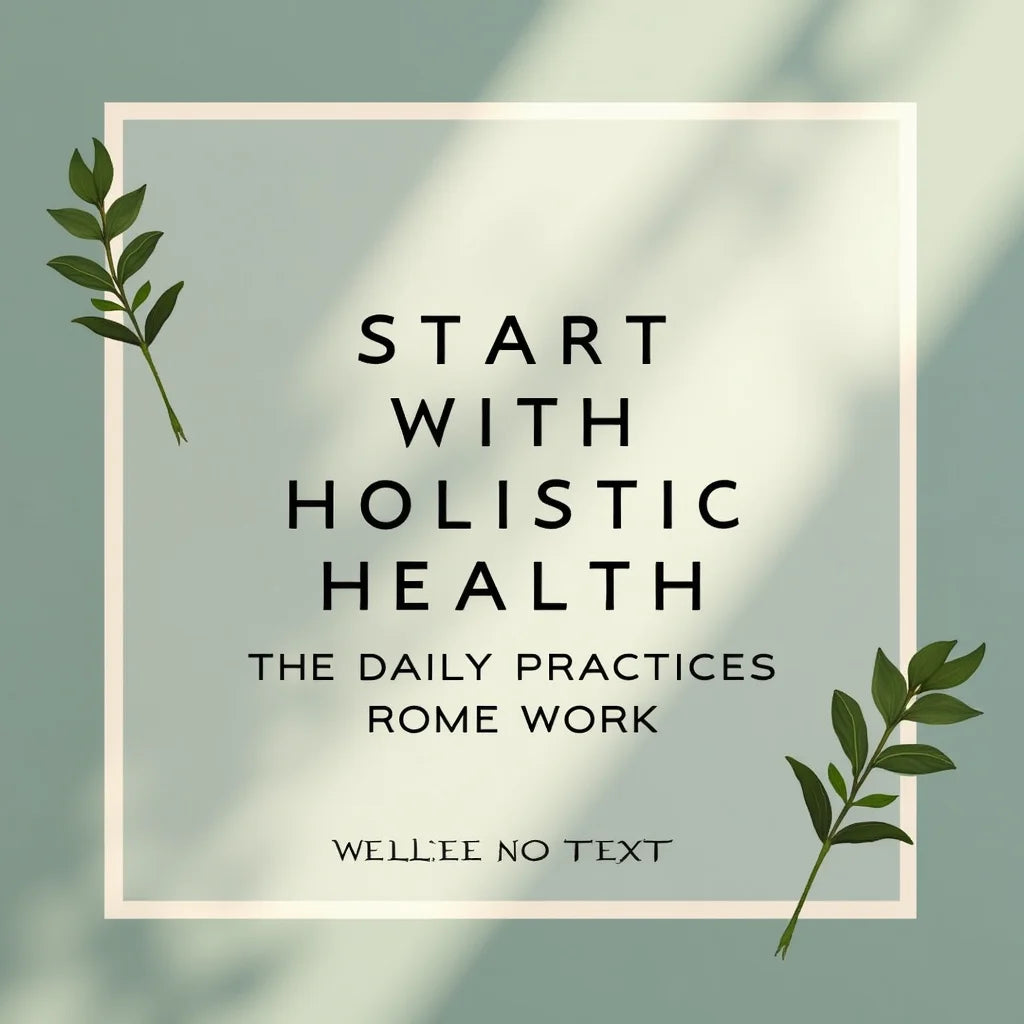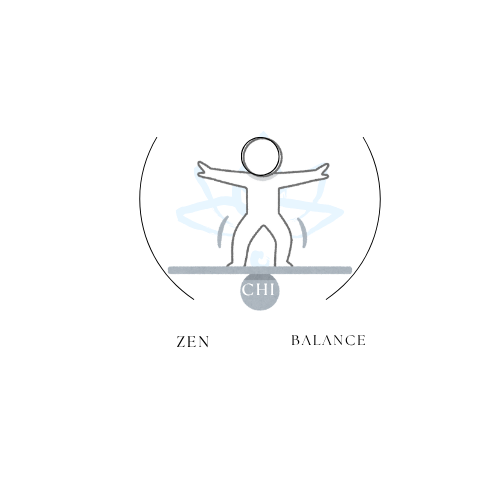
Start With Holistic Health The Daily Practices That Work
Share
Updated on: 2025-10-24
Table of Contents
- Holistic health overview with whole‑person health principles
- Product Spotlight: a mindful tool for holistic health practice
- Did You Know? Mind‑body and integrative insights
- Pros & Cons Analysis of holistic wellness choices
- How to start a holistic health routine
- FAQs on holistic health and whole‑person wellness
Holistic health overview with whole‑person health principles
Holistic health looks at the whole person—body, mind, and daily context—rather than focusing on a single symptom or area. Many people appreciate this gentle, complete view because it aligns with whole-person health and holistic wellness values. In this approach, mind-body wellness, personal routines, environment, and supportive relationships are all considered as parts of one picture. If you prefer to explore at your own pace, you may find that holistic health gives you room to reflect and adapt. For a friendly introduction to our broader perspective, you can visit the homepage at zenchibalance.com.
What is holistic health and how does it work?
The question “What is holistic health and how does it work?” often begins with a simple idea: people are complex, and their daily lives shape how they feel. Rather than looking at one habit in isolation, holistic health considers your routine as a whole. It encourages awareness of patterns, such as sleep-wake cycles, nourishment, movement, digital time, and personal connections. It also makes room for individual preferences, cultural context, and gentle self-observation. In many settings, integrative medicine uses a similar lens by coordinating conventional care with complementary practices in a thoughtful, person-centered way.
Core pillars of mind‑body wellness
People often organize holistic health around a few friendly pillars. These are not rules. They are gentle themes you can consider while shaping your day:
- Awareness and reflection: Noticing energy, mood, and focus through the day.
- Daily rhythm: A steady cadence for waking, winding down, and restful time.
- Nourishment: A calm, consistent approach to meals and hydration aligned with your needs.
- Movement and stillness: A mix of light activity and brief moments of quiet or breath awareness.
- Environment: A tidy, supportive space that feels calm and comfortable.
- Connection: Supportive relationships and communities that encourage your goals.
Each pillar can be adapted. There is no single pattern that suits everyone. If you would like to learn more about our perspective on these themes, you may find the background information helpful on the About page.
Product Spotlight: a mindful tool for holistic health practice
Many readers ask for something simple that supports reflection without pressure. A guided wellness journal can be a kind, non-prescriptive companion for holistic health. It offers a place to note sleep, meals, movement, screen time, and small wins. Over time, these notes can make gentle patterns easier to notice. People sometimes use a journal to gather ideas they find helpful from mind-body wellness traditions and integrative medicine, then shape them into a routine that feels realistic.
Why a guided journal can support whole‑person health
- Clarity: It can be easier to see your day at a glance.
- Kind accountability: Consistent entries create a friendly cue to show up for yourself.
- Flexibility: Undated pages allow you to start any time and move at your own speed.
- Context: Notes about mood, energy, or environment add helpful context to patterns.
Features to consider in a reflective tool
- Undated daily and weekly pages, so you can start whenever you wish.
- Simple prompts for breath, gratitude, or short check-ins.
- Space to plan a holistic health diet and lifestyle plan for beginners—kept light and adaptable.
- Compact size and durable cover for everyday use.
If you are browsing for supportive tools, you could explore current options in the All collection.
Did You Know? Mind‑body and integrative insights
- Whole-person health looks beyond single habits and considers daily rhythms, environment, and relationships.
- Integrative medicine is a coordinated approach that thoughtfully includes conventional and complementary methods.
- Mind-body wellness often starts with simple awareness, such as noticing breath or posture during everyday tasks.
- Small, consistent changes are easier to sustain than frequent, large changes.
- Reflection tools, like journals or trackers, are often used to spot patterns without judgment.
Pros & Cons Analysis of holistic wellness choices
-
Pros
- Personalized: Encourages choices that match your values and pace.
- Flexible: Makes room for different preferences and daily realities.
- Contextual: Notes the role of environment, routines, and support networks.
- Reflective: Promotes awareness and gentle, ongoing learning.
-
Cons
- Time investment: Reflection and routine-building require patience.
- Information load: It can be challenging to sort through many viewpoints.
- Consistency: Small steps may feel slow at first and need steady follow-through.
- Quality variance: Not all resources are equal; discerning fit takes care.
How to start a holistic health routine
When people ask “How do I start a holistic health routine?” the most helpful starting point is usually very gentle. The steps below are simple suggestions you can adapt. They are not directives. Feel free to move at a kind, realistic pace.
Step 1: Set kind intentions
Begin with one or two intentions that feel supportive. For example, you might aim to get curious about your daily rhythm or to create five calm minutes in the afternoon. Keep your intentions short, positive, and manageable.
Step 2: Map a simple day
Sketch a calm daily outline. Include a wake-up time, a quiet moment, a meal rhythm, light movement, and a wind-down time. Treat this outline as a friendly guide, not a strict plan.
Step 3: Gently track what you notice
Use a notebook or guided journal to note sleep, meals, movement, and brief reflections. This simple view may help you spot patterns that matter to you, including how different choices relate to energy and focus.
Step 4: Create a supportive space
Choose a small, tidy spot for reflection. Add a comfortable seat, a pen, and anything that signals calm. A clear, quiet corner can make it easier to keep a steady routine.
Step 5: Check in with yourself regularly
Once a week, review your notes. Ask, “What felt helpful? What felt heavy?” Keep what supports you and set aside what does not. This gentle review keeps your approach aligned with whole-person health.
Step 6: Keep learning, slowly and steadily
You might explore reputable reading on mind-body wellness and integrative medicine as your interest grows. If you enjoy learning through articles, our latest posts are shared in the News section, where reflective tips and tools are often discussed.
FAQs on holistic health and whole‑person wellness
What is holistic health and how does it work?
Holistic health is an approach that views the person as a complete system. It considers daily rhythms, surroundings, thoughts, and relationships alongside physical aspects. In practice, this can look like steady routines, gentle reflection, and a thoughtful look at how different parts of life relate to one another.
How do I start a holistic health routine?
A calm start often includes two pieces: a simple daily outline and a brief reflection habit. Many beginners use a journal to track sleep, meals, movement, and mood. Small steps tend to be easier to sustain than sweeping changes, so taking your time can be helpful.
Is holistic health the same as integrative medicine?
They are related but not identical. Holistic health is a broad perspective that considers the whole person. Integrative medicine is a coordinated approach that combines conventional care with complementary practices in a structured way. Both value person-centered care and thoughtful collaboration.
Can holistic wellness support stress and anxiety?
People often explore holistic health practices for stress and anxiety, such as breathing exercises, reflective journaling, or gentle movement. Experiences vary. If you have questions about personal needs, a qualified professional can offer individualized guidance.
This article is for general information only. It is not a substitute for professional advice, diagnosis, or care.

I'm a passionate curator at Zen Chi Balance, dedicated to spreading calm, harmony, and mindful living through faith-inspired lifestyle products. I help craft meaningful experiences for our global community of mindful shoppers.
The content provided is for informational and inspirational purposes only. It is intended to encourage personal growth, mindfulness, and balance in daily life. Zen Chi Balance does not provide medical, legal, or professional advice. For specific concerns or guidance, please consult a qualified professional. Visit us at www.zenchibalance.com for more inspiration and resources.
